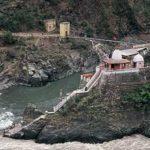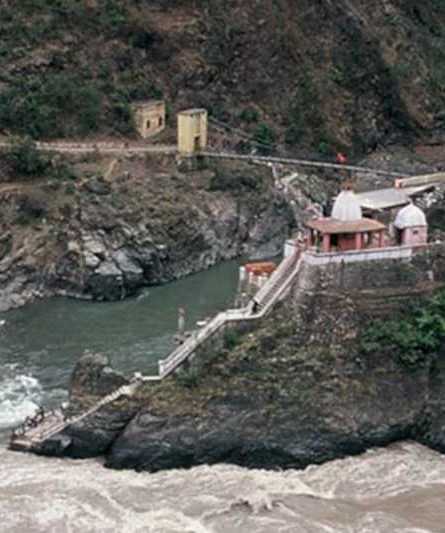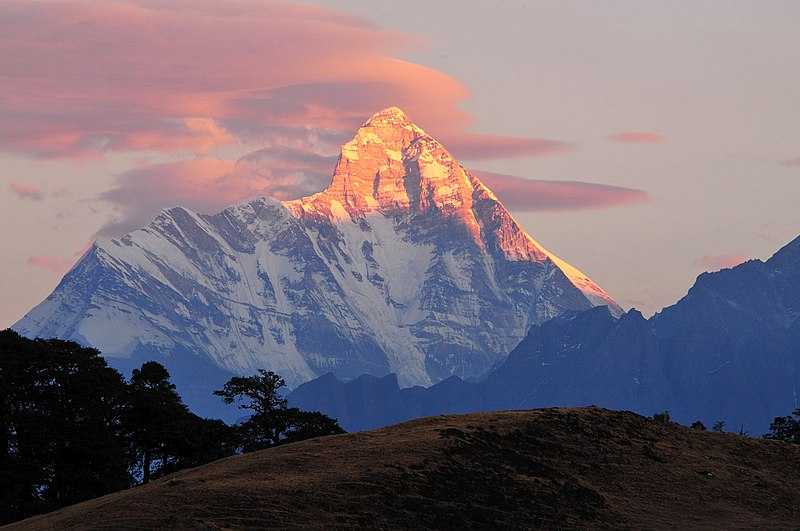Nestled amidst the majestic Himalayas, Uttarakhand, formerly known as Uttaranchal, boasts not one but two capitals – Dehradun and Gairsain. This distinct administrative setup has sparked curiosity and debate, prompting many to question the rationale behind this arrangement. Let’s embark on a journey to unravel the fascinating story behind Uttarakhand’s dual capitals and explore the historical, geographical, and political factors that led to this unique governance approach.
Historical Context: The Birth of Uttarakhand
Uttarakhand, often referred to as the “Land of the Gods,” has a rich history steeped in spirituality and independence movements. If you want to know about Uttarakhand, the quest for a separate statehood gained momentum in the late 20th century, fueled by the aspirations of the hill communities for self-governance and development.
After years of struggle and advocacy, Uttarakhand was carved out of Uttar Pradesh on November 9, 2000, becoming the 27th state of India. The formation of the new state necessitated the establishment of administrative structures, including the selection of a capital city.
Dehradun: The Established Capital
Dehradun, the interim capital of Uttarakhand since its inception, is a bustling city nestled in the foothills of the Himalayas. Renowned for its scenic beauty, pleasant climate, and historical significance, Dehradun emerged as the administrative hub of the state due to its accessibility, infrastructure, and established government institutions.
Over the years, Dehradun has flourished as a center of governance, education, and commerce, housing government offices, educational institutions, and industries. Its strategic location and connectivity have further solidified its position as the primary administrative capital of Uttarakhand.

Gairsain: The Symbolic Capital
In a nod to the aspirations of the people of the hill districts, the Uttarakhand Reorganization Act, 2000, mandated the establishment of a “provisional” capital in Gairsain, a small town nestled in the Chamoli district of the Garhwal region. Gairsain holds immense symbolic significance as it represents the cultural and geographical heart of Uttarakhand.
The decision to designate Gairsain as a provisional capital was rooted in the desire to decentralize governance and address the long-standing demands for equitable development in the hill districts. While Gairsain lacks the infrastructure and amenities of a full-fledged capital, its selection was hailed as a step towards fulfilling the aspirations of the hill communities.
The Dual Capital Conundrum: A Balancing Act
The coexistence of two capitals in Uttarakhand reflects a delicate balance between tradition and modernity, symbolism and pragmatism. While Dehradun serves as the functional nerve center of governance, Gairsain stands as a symbol of the state’s commitment to inclusivity and decentralization.
However, the dual capital arrangement has not been without challenges. Critics argue that the division of administrative functions between two cities leads to inefficiencies, logistical hurdles, and resource allocation issues. Additionally, the lack of adequate infrastructure in Gairsain has hindered its transformation into a fully functional capital.
The Road Ahead: Striving for Equitable Development
As Uttarakhand charts its path towards progress and prosperity, the question of its capital(s) remains a subject of deliberation and debate. Efforts are underway to enhance infrastructure and connectivity in Gairsain, with plans for the construction of a legislative assembly complex and other government facilities.
Ultimately, the journey towards a more equitable and inclusive Uttarakhand requires a holistic approach that balances the aspirations of its people with the practicalities of governance. Whether Uttarakhand will continue with its dual capital system or eventually transition to a single capital remains to be seen. Nevertheless, the dual capitals of Dehradun and Gairsain stand as a testament to the state’s rich heritage, diverse culture, and enduring spirit of unity in diversity.
FAQ:
- Why is Dehradun the temporary capital of Uttarakhand?
Dehradun was designated as the temporary capital of Uttarakhand due to its existing infrastructure, accessibility, and institutional presence. It served as a practical choice to establish administrative functions quickly after the formation of the state in 2000.
- What is the original capital of Uttarakhand?
The original capital of Uttarakhand is Dehradun. Since its inception as a separate state in 2000, Dehradun has served as the primary administrative capital of Uttarakhand.
- Why does Uttarakhand have a summer and winter capital?
Uttarakhand does not have an official designation of summer and winter capitals. However, Gairsain, located in the Garhwal region, is often referred to as a “provisional” or “symbolic” capital, representing the aspirations of the hill communities. The dual capital system aims to decentralize governance and address regional imbalances.
- Why did Uttarakhand separate from Uttar Pradesh?
Uttarakhand, formerly a part of Uttar Pradesh, underwent a separate statehood movement fueled by the aspirations of the hill communities for self-governance and development. The movement gained momentum in the late 20th century, leading to the formation of Uttarakhand as a separate state on November 9, 2000, to address the socio-economic and geographical disparities within Uttar Pradesh.











